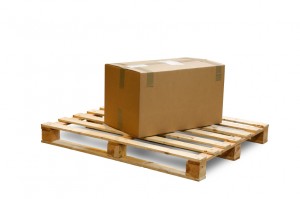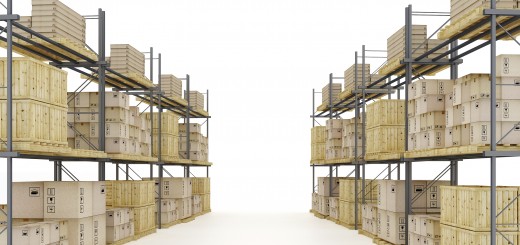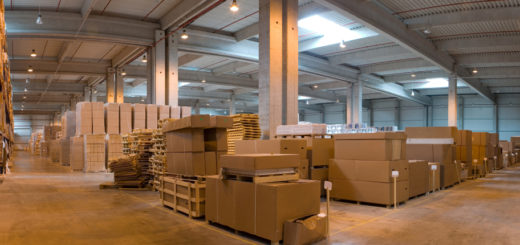Tips For Warehouse Layout
 Managing a warehouse takes a lot of organization and creativity, because you are dealing with so many variables and warehouse layout strategy. Utilizing a warehouse management software system can really make a difference in the way all those variables mesh to produce a working system that is consistently profitable. This is because, with the right WMS software, it’s easy to compare alternative practices and determine which will be appropriate for your enterprise.
Managing a warehouse takes a lot of organization and creativity, because you are dealing with so many variables and warehouse layout strategy. Utilizing a warehouse management software system can really make a difference in the way all those variables mesh to produce a working system that is consistently profitable. This is because, with the right WMS software, it’s easy to compare alternative practices and determine which will be appropriate for your enterprise.
The Physical Environment Sets The Stage For Efficiency
The way a warehouse layout strategy is laid out will determine how quickly and accurately its contents can be accessed. Each warehouse has unique factors that should be considered, like type of product and seasonal variables. Still, these basic tips apply to every warehouse:
- Good lighting makes everything else work better. If your lighting system is circular and your aisle are in rows, you will have dark spots. Make sure your people can see what they are doing in every location.
- A clean, organized work space creates a good working environment and reduces loss. Maintenance and easy-to-access cleanup supplies are essential for safety and efficiency.
- Receiving areas need to be adequately sized for all the processes that take place. Think through every detail from getting the shipment to dealing with the old packaging once the product moves into the warehouse.
- Bins, pallets, shelves, etc. have to be logical so pickers can easily get the order filled.
- Think through the picking process and analyze problems. Can a change in the layout or labeling help prevent issues?
- Shipping areas also need to be adequately sized for the processes that take place. Using a few standard sizes of packaging, well-equipped stations, etc. will make a difference.
Use Software To Analyze Layout
One of the advantages of using ChainDrive Warehouse management software is the ability to use pivot table graphical representations of your layout variations. Being able to look at a potential space configuration from several angles improves your ability to determine the best allocation for every possibility.





